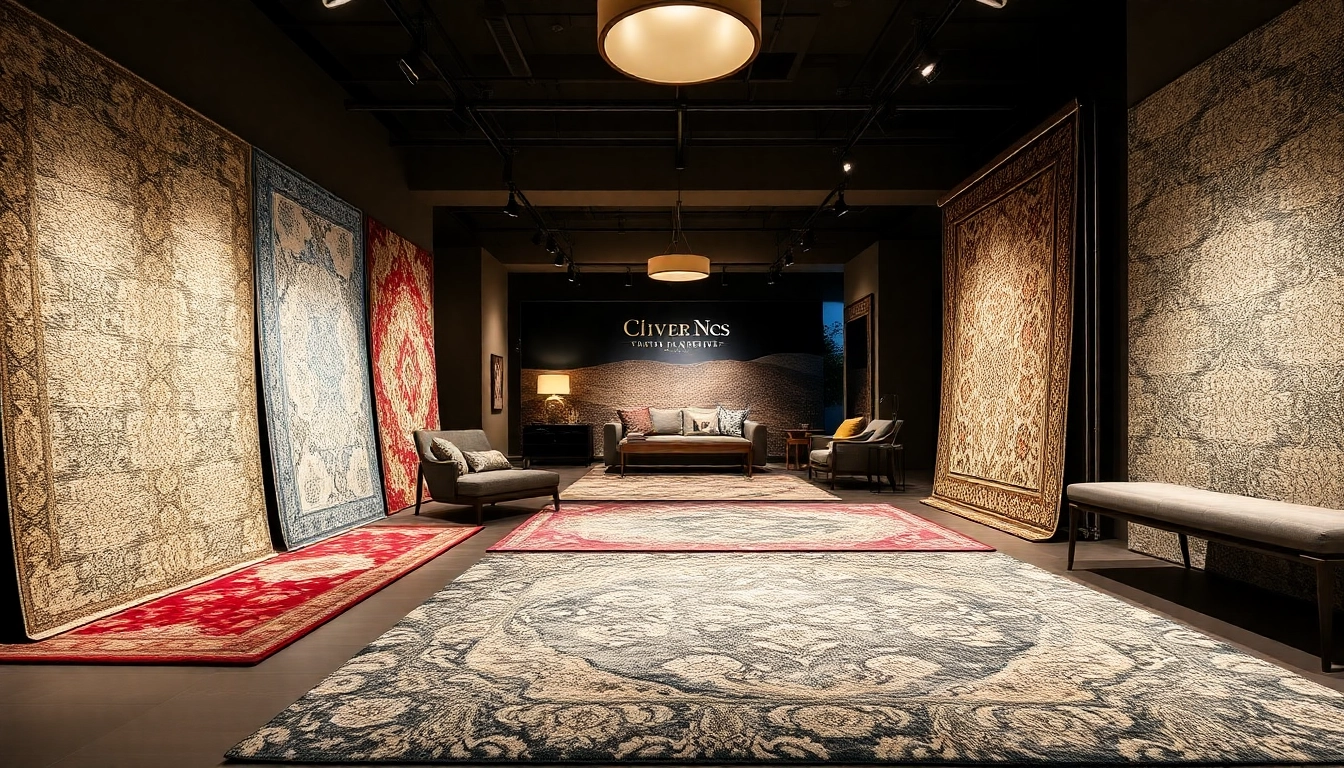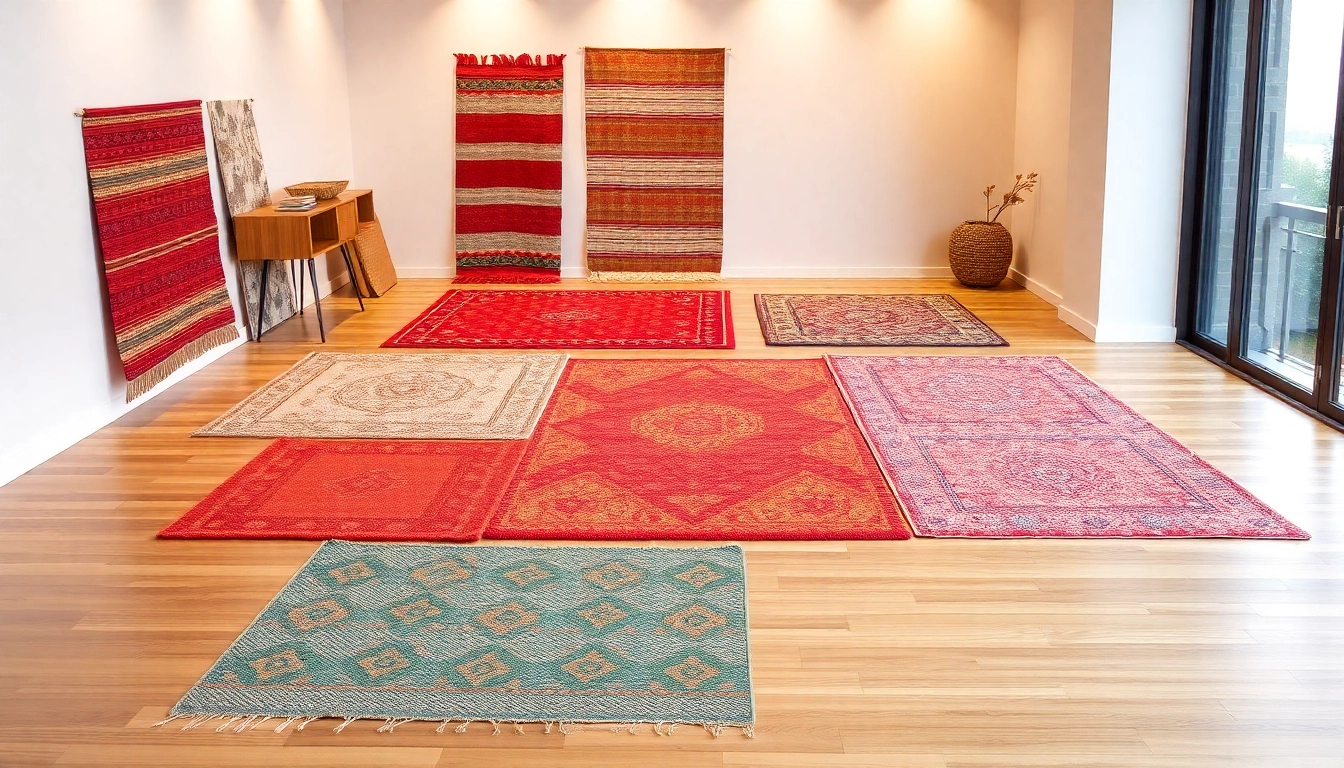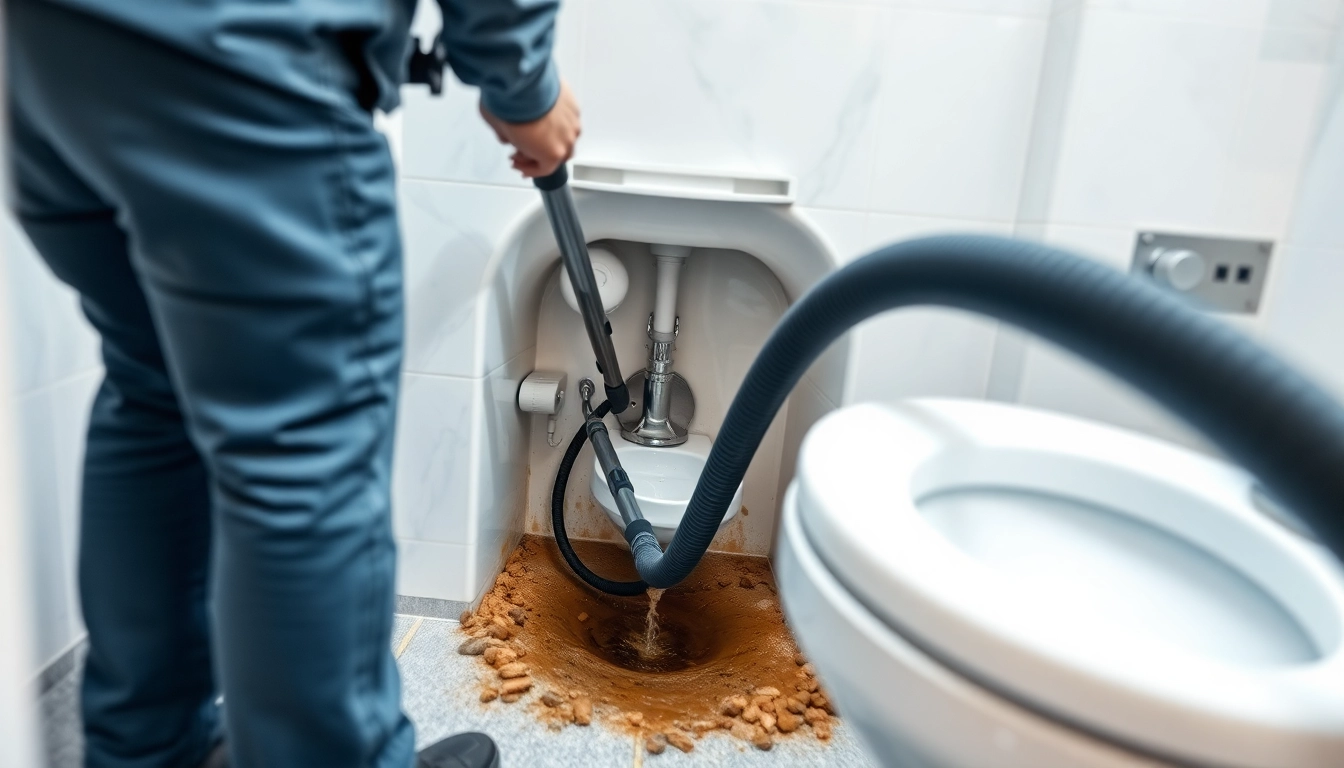
Understanding the Tappeti a Milano Market: Styles, Materials, and Trends
Milano stands as one of Europe’s most vibrant hubs for interior design, blending historic elegance with contemporary innovation. When it comes to transforming a space with warmth, texture, and character, Tappeti a Milano offer an unrivaled array of options that reflect the city’s dynamic aesthetic. The Milanese rug scene is rich with diverse styles, materials, and trends that cater to both traditional aficionados and modern decor enthusiasts.
1.1 Traditional Persians and Oriental Rugs in Milan
Traditional Persian and Oriental rugs have long held a revered place in Milanese homes and estates. These rugs, characterized by intricate patterns, dense knots, and centuries-old craftsmanship, symbolize luxury, history, and artisanal mastery. Milan’s high-end boutiques and specialized shops—such as Artorient and Azerbaijan Tappeti—offer authentic pieces from regions like Tabriz, Nain, and Tquest, bringing genuine Persian heritage into the modern aesthetic. These rugs serve as statement pieces that add depth and cultural richness to classic and contemporary interiors alike.
1.2 Modern, Geometric, and Minimalist Tappeti Trends
Conversely, the trend towards modern and minimalist styles has gained significant traction in Milan. Sleek geometric patterns, monochrome palettes, and abstract designs are popular among younger homeowners and design aesthetes seeking to create clean, uncluttered spaces. Brands and outlets like Artorient’s modern collections or local boutique stores showcase a wide variety of contemporary rugs that align with Scandinavian-influenced decor or urban lofts. These styles emphasize simplicity and functionality while providing artistic flair through innovative materials and designs.
1.4 Popular Materials and Why They Matter
Material choice is a crucial aspect influencing durability, maintenance, and aesthetic appeal. Traditional materials such as hand-knotted wool and silk retain their value over time and age gracefully. Wool offers resilience and softness, making it ideal for high-traffic areas, while silk provides a luxurious sheen suitable for decorative pieces. Synthetic fibers like nylon or polypropylene are also present in milder or more budget-friendly options, though they may lack the authentic appeal and longevity of natural materials. Milanese consumers increasingly prioritize sustainable and eco-friendly materials, leading to innovations in organic dyes, recycled fibers, and ethically sourced raw materials.
How to Choose the Perfect Tappeti a Milano for Your Space
2.1 Assessing Size, Pattern, and Color Compatibility
Choosing the right rug requires careful assessment of your space. Calculate the suitable size by measuring the area and considering the furniture arrangement. For example, a large living room might benefit from a substantial rug that anchors the seating area, while a hallway may require narrow runners. The pattern and color should harmonize with existing decor; for instance, bold geometric rugs can complement minimalist decor, whereas intricate persian patterns enhance traditional interiors. Visualize how the chosen design interacts with wall colors, furniture tones, and room lighting to achieve a balanced aesthetic.
2.2 Matching Tappeti to Interior Styles
Interior design styles can be complemented by specific rug choices. Modern interiors thrive on monochrome or abstract patterns, while classic or vintage styles benefit from rich, ornamental persian or kilim designs. Urban chic may incorporate vintage kilims or distressed rugs for a boho vibe. The key is to match the rug’s style and vibe to your overall decor, ensuring cohesion and visual flow. Consulting with interior designers or visiting specialized shops in Milan can provide valuable insights tailored to your space.
2.4 Sourcing Authentic and Quality Rugs in Milan
Authenticity and quality are paramount when investing in a high-value piece. Reputable Milanese stores, such as Cohen Tappeti or artorient Milano, ensure genuine craftsmanship, often offering certificates of authenticity for valuable items. Visiting showrooms and workshops allows buyers to inspect knots, materials, and craftsmanship firsthand. Additionally, online shops like Tappeti.it or Ghodratirug provide curated selections with detailed descriptions and quality guarantees—ideal for those seeking convenience without compromising authenticity.
Best Practices for Installing Tappeti a Milano
3.1 Preparing Your Space for Installation
Preparation involves clearing the space, ensuring a flat, clean surface. Remove any debris or existing flooring that might interfere with the rug’s stability. If the flooring is uneven, consider installing a padding or underlay to prevent slipping and protect the rug. Light-colored rugs are sensitive to dirt, so vacuuming the area thoroughly before placement is recommended. For large or valuable rugs, handling with care during installation and employing professional movers is advisable to avoid damage.
3.2 Tips for Placement and Layering
Optimal placement maximizes visual impact. Center the rug within furniture arrangements, leaving consistent borders around the edges. In open-concept spaces, larger rugs can define zones effectively. Layering rugs—placing smaller decorative or textured rugs over larger base rugs—adds depth and interest. Consider contrasts in texture and color for a cohesive look. Use furniture or non-slip pads to secure rugs and prevent shifting, especially in high-traffic areas or homes with pets and children.
3.4 Securing Safety and Stability
Ensure safety by using non-slip backing or rug pads, especially on smooth floors like wood or tiles. Regularly check for wear and looseness, as loose edges pose tripping hazards. For outdoor or semi-outdoor areas, select weather-resistant materials and opaque non-slip underlays. Proper installation not only enhances safety but also preserves the rug’s lifespan and aesthetic appeal.
Caring for and Maintaining Your Tappeti a Milano
4.1 Cleaning Techniques for Different Materials
Cleaning varies according to material. Wool rugs benefit from regular vacuuming with gentle suction, while silk rugs require delicate handling and dry cleaning. For spot cleaning, use mild detergent solutions and blot, avoiding excessive water that could damage fibers. Delicate or valuable rugs should be cleaned professionally at least once a year. Avoid harsh chemical cleaners, which can cause fading or fiber damage, and always follow the manufacturer’s care instructions.
4.2 Professional Restoration and Lavaggio Services in Milan
Professional cleaning and restoration services in Milan include water-based washing, dry cleaning, and repairing worn or damaged areas. Expert agencies like Art Tappeti or Azerbaijan Tappeti utilize specialized equipment and techniques ensuring deep cleaning without compromising rug integrity. Restoration specialists can reweave, resize, or repair deeply worn sections, preserving the rug’s value and beauty over decades.
4.4 Repairing and Restoring Worn Rugs
Repairs may involve reknots, patching, or fringe restoration. Understanding the rug’s age, style, and fiber type assists in selecting appropriate restoration methods. Regular inspections enhance early detection of issues, enabling prompt professional intervention. Restoring a cherished vintage piece not only prolongs its lifespan but also maintains its historical and monetary value for future generations.
Enhancing Your Space with Tappeti a Milano: Design Inspiration and Trends
5.1 Incorporating Rugs into Modern and Classic Interiors
In modern interiors, sleek minimalist rugs act as focal points or subtle accents, often featuring bold geometric patterns or monochrome colors. Classic interiors benefit from ornate Persian or kilim rugs, which add layers of richness and historical depth. Mixing styles—such as pairing a vintage persian with contemporary furniture—creates a curated, eclectic feel. Milanese designers frequently combine traditional craftsmanship with modern aesthetics to reimagine timeless pieces in innovative ways.
5.2 Trends in Rug Placement and Use in Milan Homes
Current trend emphasizes making rugs a central design element. Large, statement rugs in living rooms serve as anchors, while multi-layered or bordered rugs define spatial zones. The use of rugs under dining tables or beds enhances comfort and style. In Milan, urban apartments often see rugs used to add warmth to hardwood floors, whereas traditional villa interiors highlight intricate carpets as focal points. Integrating rugs with lighting, artwork, and furniture creates harmonious, inviting environments.
5.4 Case Studies: Beautiful Tappeti a Milano in Action
Numerous Milanese residences showcase how thoughtfully selected and placed rugs can transform spaces. For example, a renovated Milanese loft features a geometric wool rug that complements exposed brick walls and modern furniture, exemplifying urban chic. Another case involves a classical villa with a hand-knotted persian rug that ties together antique furniture and elaborate ceiling moldings, demonstrating timeless elegance. These examples underscore the importance of understanding your space, style, and the story your rug tells.







